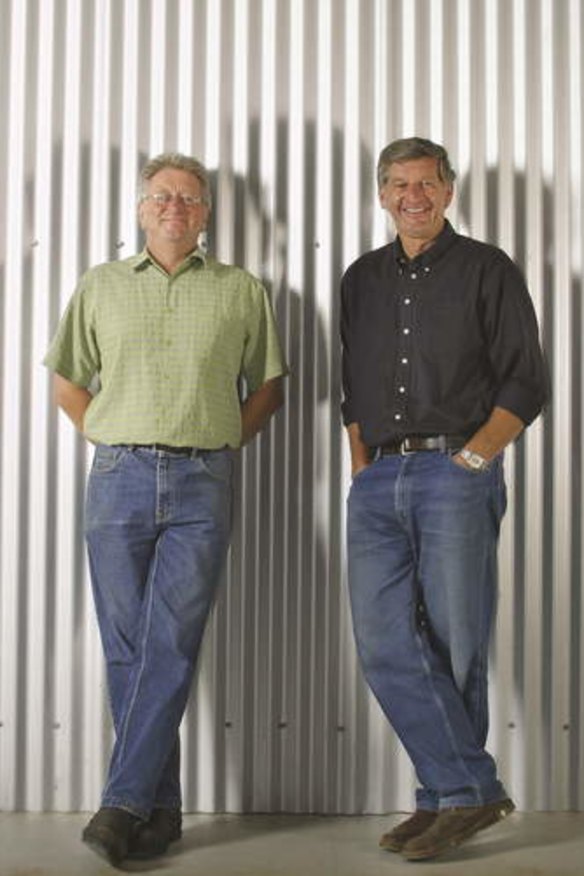A region where less is more
Marlborough growers are calling for quality over quantity following big vintages.

'We don't need any more vines in Marlborough," says the co-owner of Dog Point Vineyard, Ivan Sutherland. "We are doing wonderfully well in a difficult world economy, but we need to keep reinforcing the quality aspect."
He's not unhappy that Marlborough had a much-reduced vintage in 2012 – down 20 per cent at Dog Point but about 30 per cent overall. Planting came to a halt in the region after two big vintages in 2008 and '09, and Sutherland, formerly the viticulturist at Cloudy Bay, hopes it will stay static. He expects the bulk wine exports to fall back and the supply-demand equation to come into balance. "Wine companies are advertising in the papers to buy grapes now," he told me in early December.
"Global wine consumption isn't growing. We have enough vines. But I would like to see yields capped at 10 tonnes per hectare."
Some growers yield as high as 15 tonnes a hectare, with consequent loss of quality. These vineyards tend to be on waterlogging soils that used to grow peas – and perhaps should go back to peas. "Some of the soils that are being used for vines now could even grow potatoes," Sutherland says.
"I don't like the cheap, low-quality stuff, but it's part of the reality. Every wine region has its cheap wines; you can't stop that. But Marlborough has established itself as a global wine region, and I have the utmost confidence in its future."
In its short, 35-year existence as a wine region, Marlborough has risen to be New Zealand's largest by a big margin, with 24,000 planted hectares, producing 70 per cent of the country's wine.
Sutherland and winemaker James Healy started Dog Point while both were working at Cloudy Bay. Their first vintage was 2002. After 12 years, in which they've established themselves as one of the region's finest producers, they still have only four wines – which indicates how focused they are. The wines – sauvignon blanc, Section 94 barrel-fermented sauvignon blanc, chardonnay and pinot noir – are the cream of their crop. They own 100 hectares and sell a substantial quantity of their grapes. Some of them go to Kevin Judd, another former Cloudy Bay winemaker, who makes the wines for his Greywacke label in the Dog Point winery.
Sutherland says all his vines get the same attention, whether the fruit goes to Dog Point or not. That means yields are restricted to a maximum 10 tonnes a hectare and everything is hand-harvested. All Dog Point wines except the regular sauvignon blanc are bottled under cork – Dog Point is one of the few New Zealand wineries still persisting with it.
Sutherland and Healy were among the first to plant in the cooler "southern valleys", the hilly country most suited to pinot noir. And pinot is the next big thing for Marlborough.
"It will take 20 years 'til we know where the best pinot comes from," Sutherland says. "It takes time: we don't use pinot for our wine 'til the vines are at least 10 years old. I'm a big believer in vine age [with pinot], and we're seeing some very good vine age in Marlborough now."
Dog Point's pinot vineyard is in the Omaka Valley, the pinot noir on the hillsides where the soil is more clay-based and less fertile than the flats; loess rather than silt. Dog Point pinot noir and chardonnay are regularly among the top wines of those varieties from Marlborough. The '08 chardonnay has developed beautifully with a few years of bottle age, and the latest pinot noir, 2010, is a beauty.
But Marlborough will surely continue to grow. Success attracts. Rothschild has recently bought land near Stoneleigh and the US's largest winemaker, E & J Gallo, has bought into Whitehaven. The latest news is that long-time Marlborough mover and shaker Brent Marris (founder of Wither Hills and The Ned) has bought a 2000-hectare farm near Spy Valley in the Waihopai Valley.
